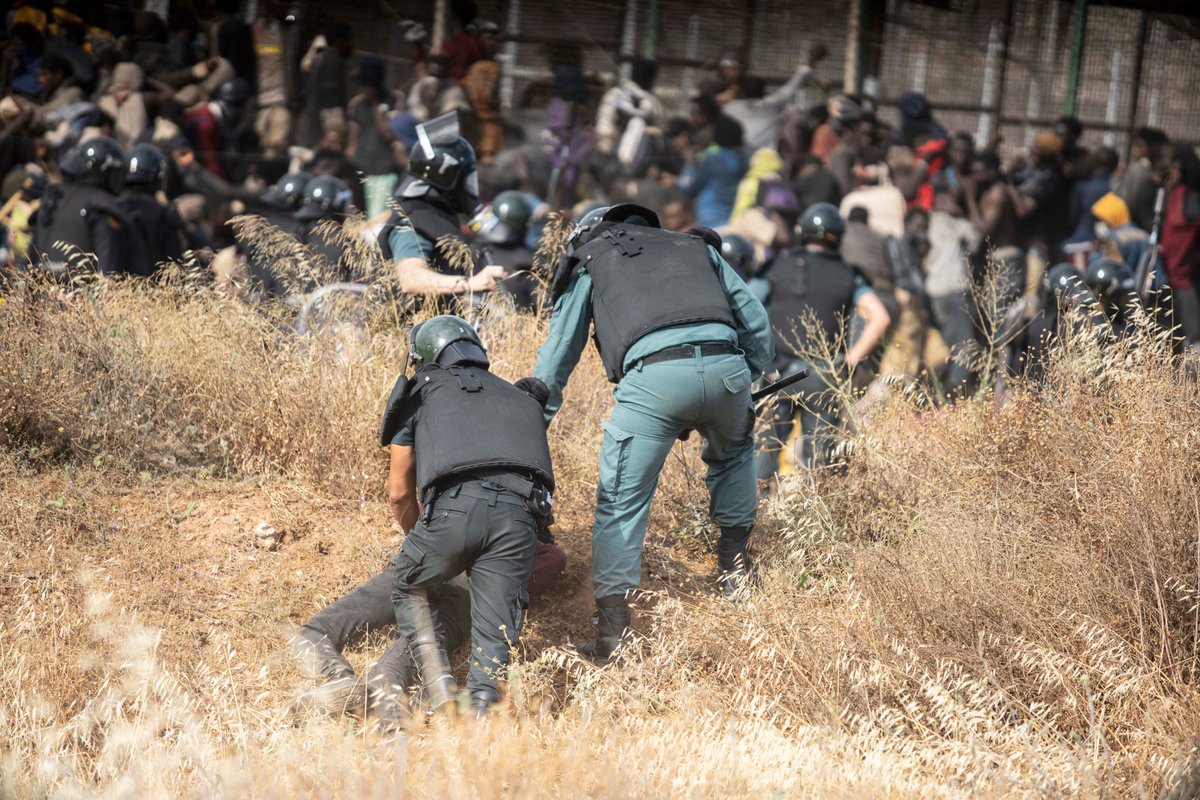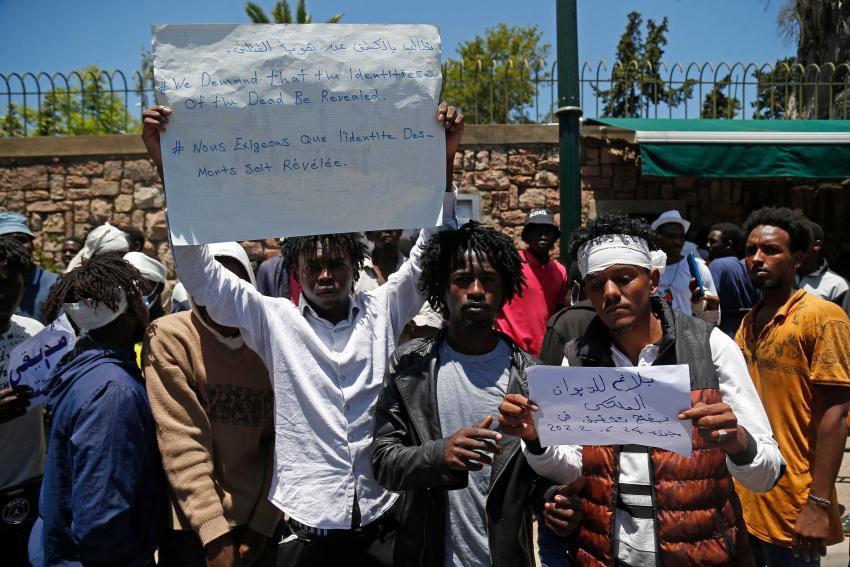There are growing calls for an investigation into the deaths of at least 37 people who died at the fortified border of Melilla, Spain’s enclave in North Africa.
About 2,000 people stormed the heavily fortified border between the Moroccan region of Nador and the Spanish enclave last week. The Moroccan authorities say 23 people died and 140 police were injured during the attempt, while several NGOs say the number of dead is at least 37.
There are growing concerns that Moroccan authorities have already dug graves for the dead and apparently plan to bury them without investigating the cause of death or trying to identify the victims. The Moroccan human rights association described the authorities' plans as "scandalous".
Jude Sunderland, of Human Rights Watch, speaking to the Guardian said: “It is shocking that Moroccan authorities are reportedly preparing to hastily bury the men who died. They should spare no effort to identify the bodies and to preserve them in a dignified and appropriate way to allow for autopsies and verification of cause of death. This is crucial to ensure a full investigation into what happened. It is also incumbent on Morocco to organise transfer of the deceased to their families for burials in accordance with their wishes.”
Sunderland added: “These were horrifying deaths, the scenes from Melilla are downright dystopian, exemplifying everything that is unconscionable about Spain and the EU’s approach to migrants and refugees, particularly if they are Black or brown.”
A significant number of those who attempted to cross last week were asylum seekers fleeing conflict in Sudan, said the Spanish Commission for Refugees, suggesting that the violence had stopped people who were eligible for international protection from reaching Spanish soil.
Images of what was the deadliest day on the border in recent memory sparked consternation. “Video and photographs show bodies strewn on the ground in pools of blood, Moroccan security forces kicking and beating people, and Spanish Guardia Civil launching teargas at men clinging to fences,” said Judith Sunderland of Human Rights Watch.
Spain welcomed 124,000+ refugees from Ukraine this year, but routinely blocks people fleeing violence or poverty in Africa entering through its African enclaves.
Speaking to the Middle east eye, Omar Naji, a human rights defender working for the Moroccan Association for Human Rights (AMDH). said "Moroccan police resorted to disproportionate violence against migrants and did not hesitate to strike with truncheons and fire tear gas,".
“No one bothered to come to the aid of the migrants on the ground during and after the clash. Some of them were crying in pain for long hours in the sun,” he said.
Read more at the Guardian and Middle East Eye


